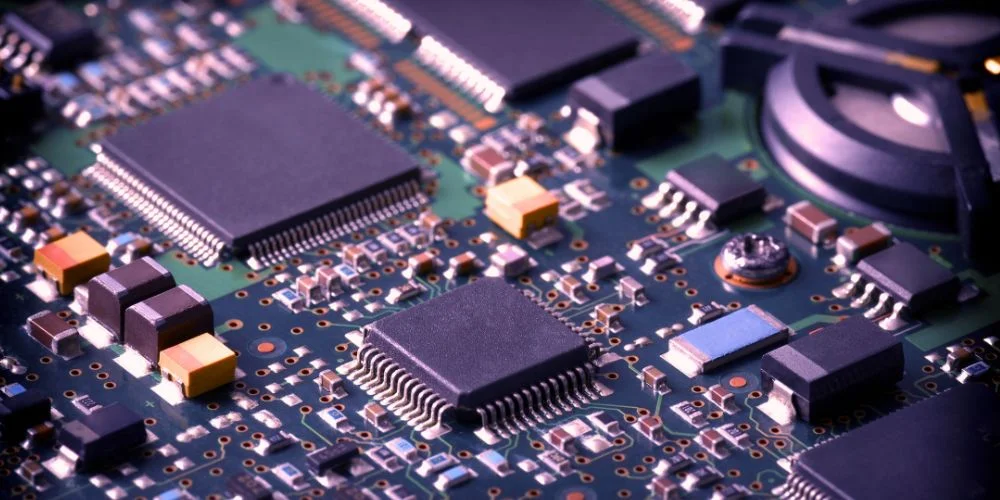Motherboards are often referred to as the backbone of any computing system. Acting as the central hub, they connect and coordinate the communication between a computer’s critical components, including the CPU, RAM, storage, and peripheral devices. Choosing the right motherboard cannot be overstated, as it directly impacts the system’s performance, compatibility, and future upgradability. This opinion piece explores the significance of motherboards, their evolution, the factors to consider when selecting one, and their role in shaping the future of computing.
The Evolution of Motherboards
The evolution of motherboards has paralleled the rapid advancement of computing technology. Motherboards have transformed dramatically from the early days of basic circuit boards with limited connectivity options to today’s highly sophisticated designs. Modern motherboards now offer a wide range of features, including integrated graphics, advanced cooling solutions, multiple PCIe slots, and high-speed memory and storage support. This evolution reflects users’ increasing demands for more powerful and versatile computing systems and the relentless pace of innovation in the tech industry.
Key Factors in Selecting a Motherboard
When selecting a motherboard, several critical factors must be considered. Compatibility with the CPU is paramount, as different motherboards support different processor sockets and chipsets. Additionally, the motherboard’s form factor (such as ATX, Micro-ATX, or Mini-ITX) determines the case size it can fit into and the number of expansion slots available. Other important considerations include the number of RAM slots, storage options, connectivity features (like USB ports and Wi-Fi), and the quality of the motherboard’s power delivery system. Together, these factors determine the motherboard’s ability to support current and future upgrades, making it a crucial decision for any system builder.
The Impact of Motherboards on System Performance
The motherboard plays a significant role in a computer’s overall performance. A high-quality motherboard with a robust power delivery system can ensure that the CPU and other components operate at their full potential, especially under heavy loads. Moreover, motherboards with advanced cooling solutions can prevent thermal throttling, which can degrade performance over time. The number and speed of PCIe lanes also affect the performance of graphics cards and storage devices, making the motherboard a key determinant of system speed and responsiveness.
Motherboards and the Future of Computing
As computing evolves, motherboards will remain at the forefront of innovation. With the rise of technologies like artificial intelligence, virtual reality, and high-performance computing, future motherboards must support even more powerful processors, faster memory, and a broader range of connectivity options. Additionally, the increasing focus on energy efficiency and sustainability will drive the development of motherboards that offer enhanced power management features and support for eco-friendly computing. As the central component of any computing system, motherboards will continue to shape the future of technology.
Conclusion
Motherboards are the unsung heroes of modern computing, providing the essential infrastructure that enables all other components to work together seamlessly. As technology advances, selecting the right motherboard becomes even more critical, influencing everything from system performance to upgradability and longevity. By understanding the key factors involved in motherboard selection and recognizing their central role in computing, users can make informed decisions to maximize their system’s potential and keep pace with the rapidly changing tech landscape.










